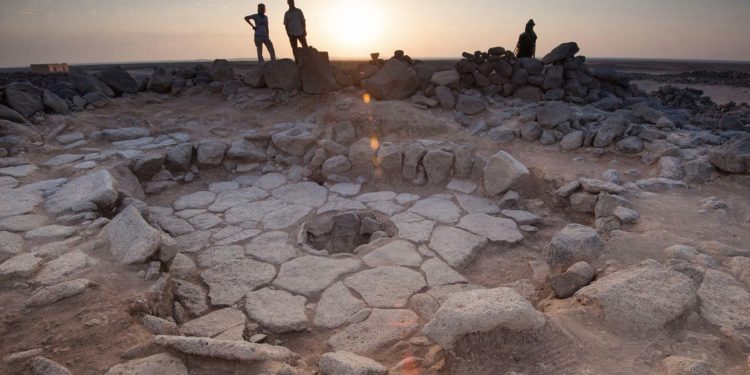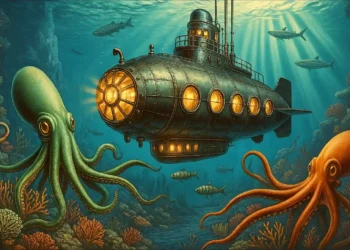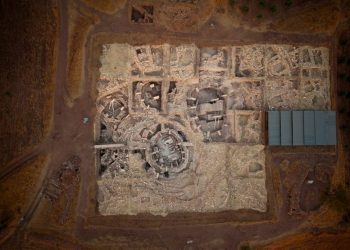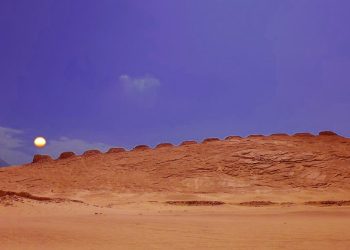One of the most remarkable ancient cultures that you have probably never heard of is the so-called Natufian Culture. This ancient culture is often considered the bridge between the Paleolithic and Neolithic eras. It was a remarkable Mesolithic society that thrived in the Levant region roughly between 15,000 and 11,500 years ago. Renowned for their pioneering efforts in agriculture and sedentism, the Natufians left an indelible imprint on human history. Here’s an exploration of this ancient culture’s top ten compelling facets.
1. Forefront of the Agricultural Revolution
Unarguably the most significant contribution of the Natufian culture was its pioneering role in the advent of agriculture. The Natufians were among the first human societies to transition from nomadic hunting and gathering to sedentary farming. This momentous shift paved the way for the Neolithic Revolution, a turning point in human history that saw the advent of agriculture and fundamentally altered the course of civilization.
2. Settled Life Before Agriculture
Another intriguing aspect of Natufian culture was their early adoption of a sedentary lifestyle, even before the development of agriculture. They established permanent settlements, often located near freshwater sources, in what was an extraordinary break from the predominant nomadic lifestyle of hunter-gatherers.
3. Sophisticated Architecture by the Natufian Culture
Despite being a pre-agricultural society, the Natufians built impressive permanent structures. Archaeological evidence from sites like Ain Mallaha and Shubayqa reveal circular stone buildings with subterranean floors, indicative of a sophisticated understanding of architecture and construction.
4. Art and Symbolism of the Natufian Culture
The natufian culture was marked by a rich artistic tradition. They crafted intricate pieces of personal adornment, including beads, pendants, and even decorated bone tools. The presence of such artifacts suggests a society with a burgeoning sense of self-awareness and symbolic thinking.
5. Broad Spectrum Revolution
Natufians were masters of diversification, adopting a broad-spectrum diet to thrive in an ever-changing environment. This dietary revolution and sedentism set the stage for the eventual domestication of plants and animals.
6. Pioneer of Burial Customs
The Natufians introduced novel burial customs, including the burial of the dead under the floors of their homes. Some burials included grave goods, hinting at the belief in an afterlife. They also occasionally adorned the deceased with elaborate headdresses, demonstrating a significant cultural evolution in mortuary practices.
7. Community Life in the Natufian Culture
Community living was a central part of the Natufian culture, as evident from their clustered residential structures. Their settlements often comprised several houses built closely together, reinforcing the idea of communal living.
8. Skilled Toolmakers
Natufians exhibited an advanced lithic technology for their time. They crafted a variety of tools such as sickles, mortars, and pestles, many of which were likely used in their early farming activities.
9. Advanced Hunting Strategies
In addition to their innovations in plant-based sustenance, the Natufians were also adept hunters. Their refined tool-making skills led to the creation of sophisticated hunting implements, indicating a strategic approach to hunting and trapping game.
10. Transformation of the Landscape
Finally, the Natufian culture was instrumental in transforming the Levant’s landscape. Their innovative agriculture practices and architectural advancements significantly altered the region’s ecosystem and set the stage for subsequent civilizations.
The impact of the Natufians was not confined to their era. Their advancements in agriculture, architecture, and societal organization laid the groundwork for the succeeding Neolithic cultures. Elements of Natufian culture, particularly their architectural and agricultural practices, can be traced in later cultures across the Near East, underlining their far-reaching influence.
The Natufian culture provides a fascinating glimpse into a pivotal period in human history, offering insight into the beginnings of agriculture, settled life, and complex societal structures. Their legacy continues to intrigue archaeologists, historians, and all those captivated by the mysteries of our shared past.
Have something to add? Visit Curiosmos on Facebook. Join the discussion in our mobile Telegram group.











